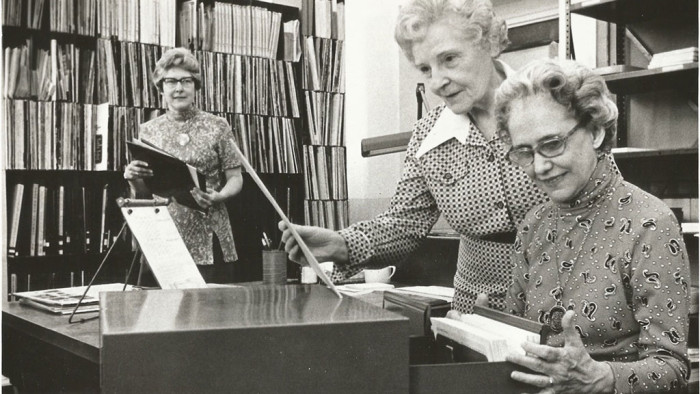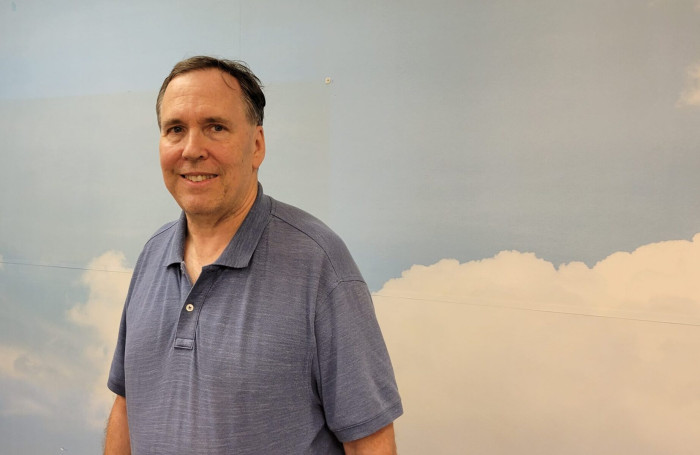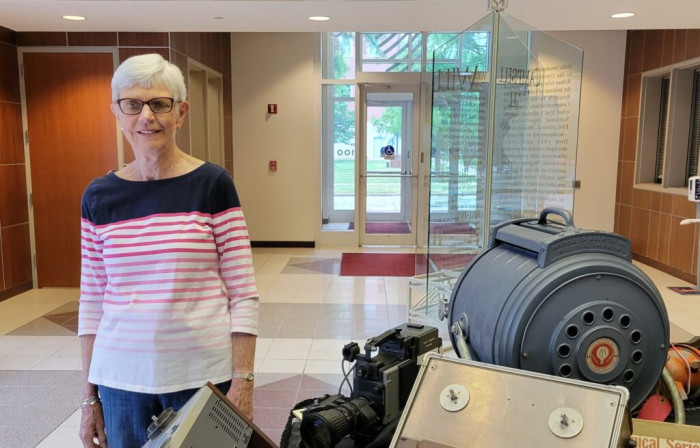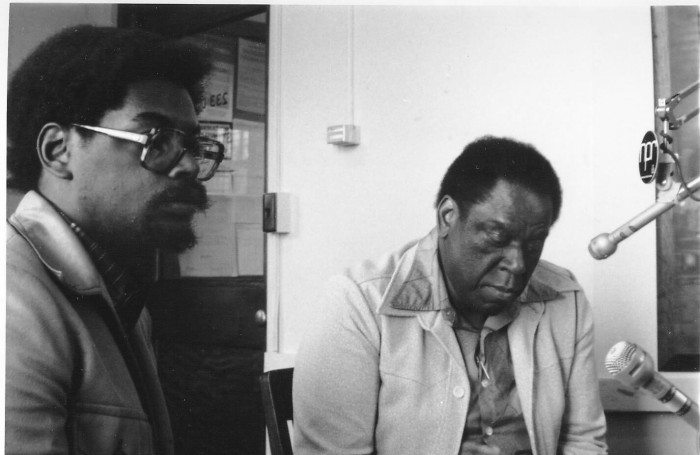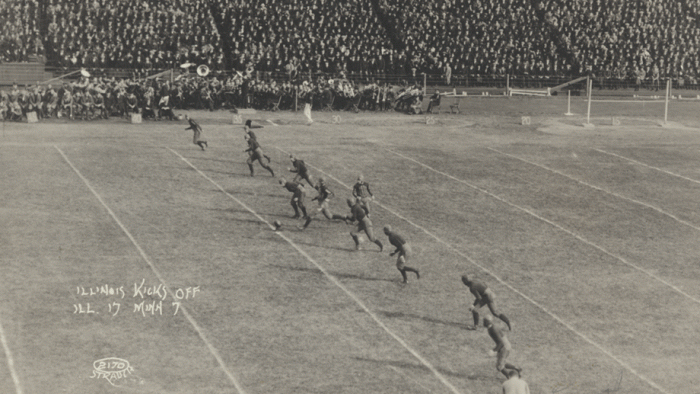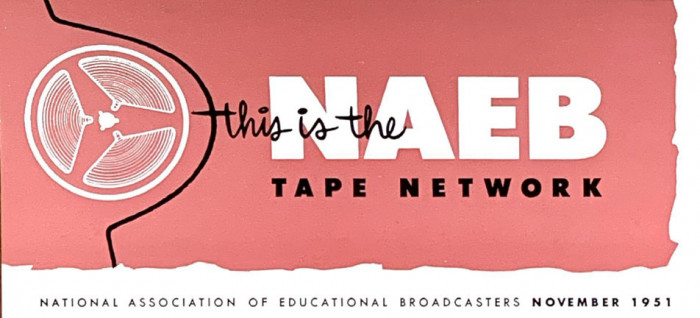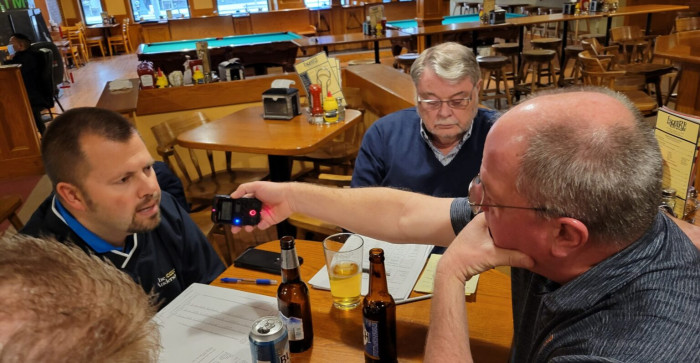
WILL at 100: A century of programming for the farming world
When WILL-AM made its first broadcast in April of 1922 (under the call letters WRM), it included a talk on dairy farming, “Turning Cream into Gold”. Rural audiences were an important audience for early radio, which was seen as a way to bridge distances at a time when good roads and comprehensive telephone service were still spotty in the countryside. 100 years later, agricultural programming remains a regular part of WILL’s schedule.



